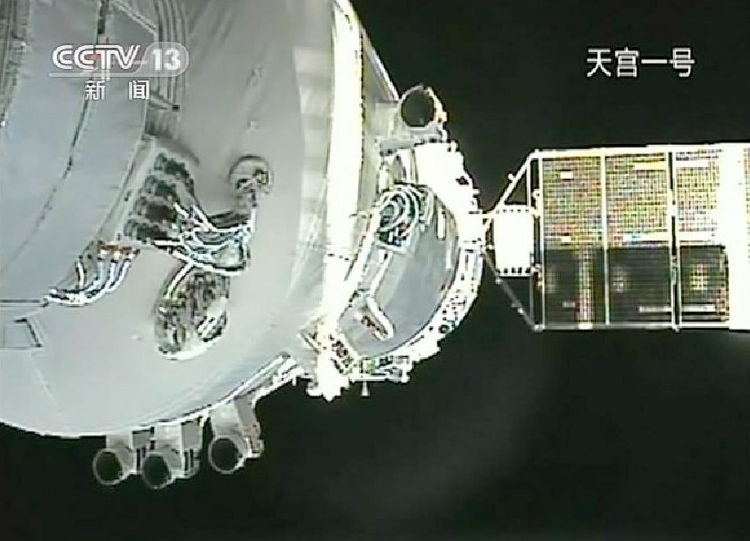Back in October I gave a status update on Tiangong-1, China’s first Space Station, and how, since the end of crewed operations, contact and control of the station has been lost.
Well, we are approaching the final week or so of the stations time in orbit, and the situation hasn’t changed – it’s still out of control, certainly tumbling in its orbit, ever so slowly descending into slightly thicker parts of the Earth’s atmosphere, this slowing it down just a bit more and putting it even deeper in.
This takes time, of course, but it’s interesting to see how quickly the station has descended from where it was when I covered this last in October.
Back in October, the station was looking to be at an altitude range of about 300 kilometers, or 186 miles. In checking it today, I saw that it was estimated to be around 217 kilometers (about 135 miles) to 199 kilometers (or about 123 miles). Because of atmospheric drag, most satellites are launched into altitudes above 300 kilometers – Tiangong-1 is of course much lower than that now, and so is subjected constantly to more drag than it was in its original orbit.

Tiangong-1 during docking operations in 2011
Something worth bringing up is that the Apollo program used a much lower altitude for the parking orbit, before leaving Earth orbit for the moon – an altitude of around 115 miles. However, this was only stayed in for a few hours – Tiangong isn’t gaining any energy and certainly has nowhere else to even go but down.
I’ll perform another check later this week, seeing how far the altitude has descended over that period of time. Thankfully, odds are it will re-enter nowhere near any inhabited location, but it’s all down to luck – we can’t even attempt to influence the course of the station. All we can do is wait and see what happens.
Should be a hell of a show, if it does come down near a population center, though.
